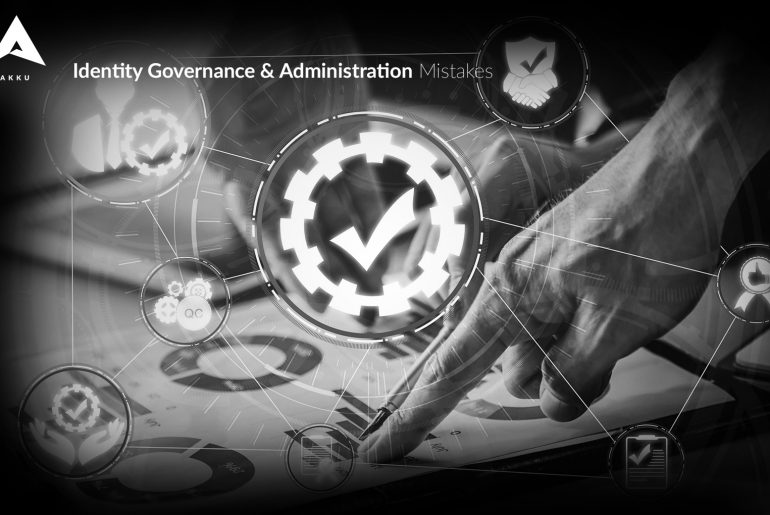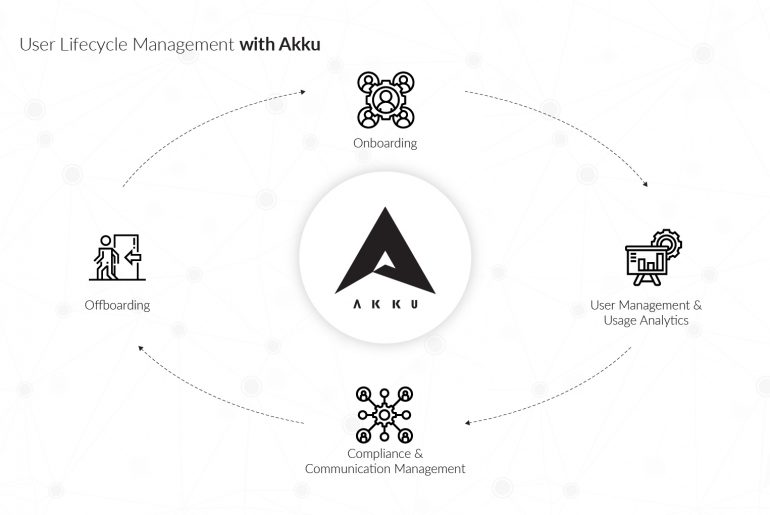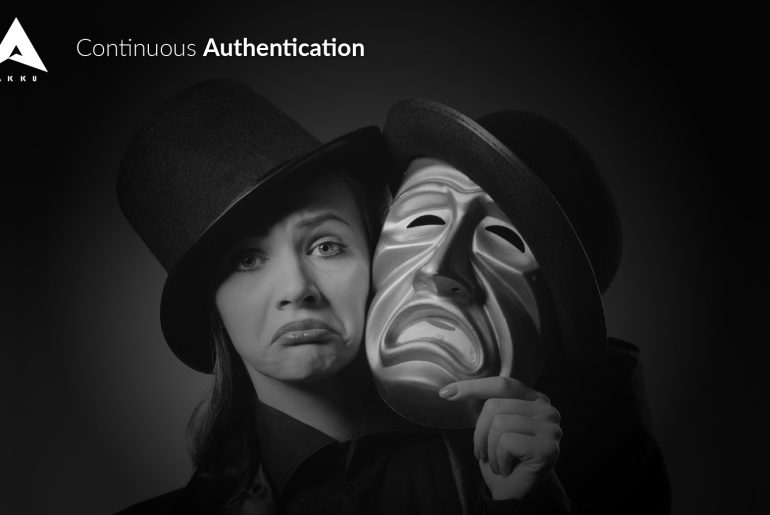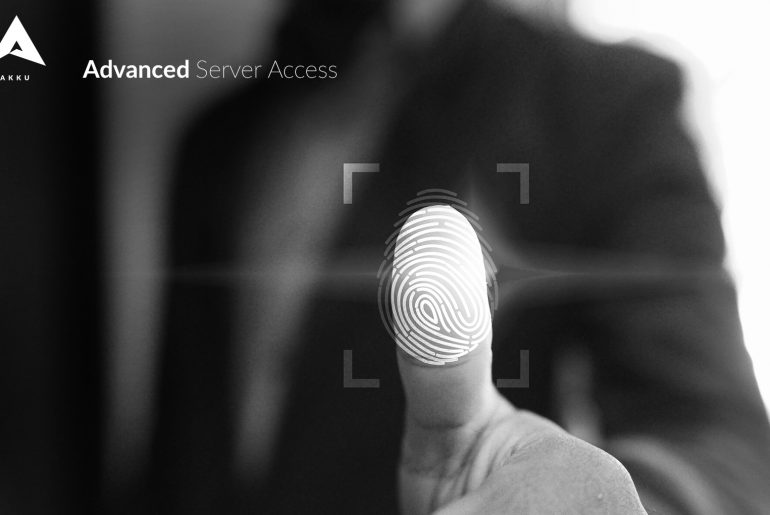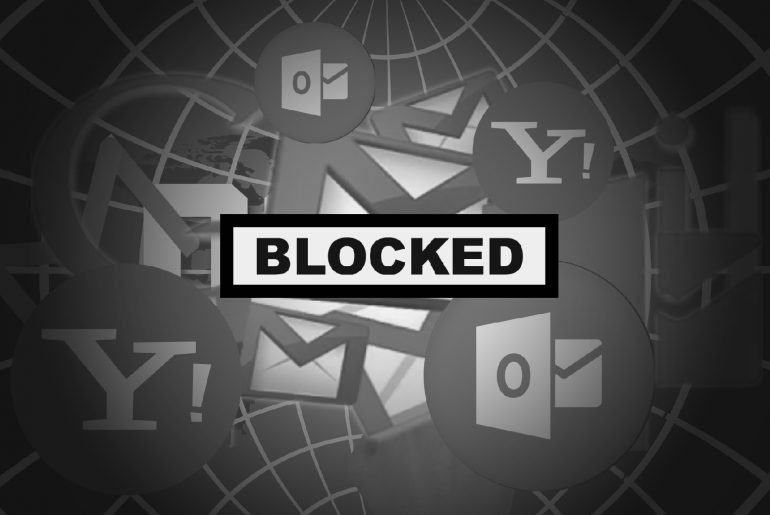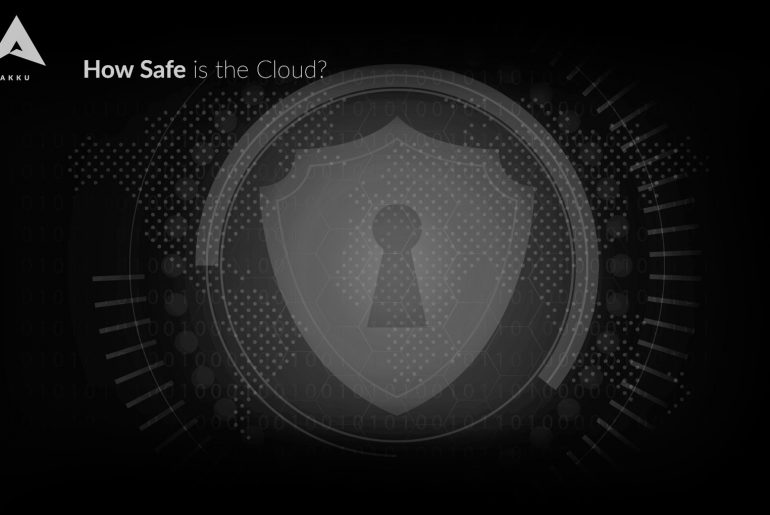Identity governance and administration (IGA) is the policy-based implementation of user identity and access to ensure security and compliance across the IT environment. In IGA, the first step is to remain aware of risks and then follow the best possible practices to mitigate them by improving visibility and accountability.
The most common misconception regarding credential phishing is that it is people-driven and not organization-driven. Therefore, organizations tend to underestimate the impact it can have on them if even one of their employees is a victim of credential phishing. We suggest reviewing your entire security strategy to ensure that you are protected against phishing.
Here is everything you need to know about credential phishing attacks.
The employee lifecycle is an HR model that identifies the different stages an employee goes through during his/her stint at an organization. Employee lifecycle management, therefore, involves the steps taken by HR in optimizing the flow of the cycle. Typically, the employee lifecycle involves the following stages: recruiting, onboarding, training and development, retention, and offboarding.
In modern organizations, where the employee is also a user (of one or more applications), a similar user lifecycle begins at the onboarding stage and continues until the employee exits the organization.
Technology users today are spoilt for choice when it comes to the types of devices and the variety of platforms through which they can stay connected to work and social groups. They can access their accounts from simply anywhere and at any time, as long as they can authenticate their identities.
However, the process of authentication as we know it has remained largely static – the user provides the system with their credentials at the time of access, the system matches it against its database of user data and provides the user access to the network on successfully validating their credentials.
Privileged Identity Management (PIM) refers to the control and monitoring of access and activity involving privileged user identities within an organization. Privileged identities include those of superusers or super control users such as Chief Executive Officer (CEO), Chief Information Officer (CIO), Database Administrator (DBA), and other top management officials.
Usually, such accounts are given access to all applications and data within an organization, along with the highest levels of permissions. However, many times, such unlimited access has been the cause for data breaches. When an organization’s data is compromised from a privileged user or their account, it is known as Privilege Abuse or Privileged User Abuse.
Advanced Server Access is a relatively new aspect of identity and access management system for the cloud. In fact, it fits better under the umbrella of privileged access management (PAM). PAM is built on top of IdPs and ADs, which are crucial for identity and access management for on-prem networks. By being used in conjunction with ADs, PAM has been able to successfully provide enhanced control over identity for administrators and other privileged users.
What is PAM?
Privileged access management helps to secure and control privileged access to critical assets on an on-premise network. With PAM, the credentials of admin accounts are placed inside a virtual vault to isolate the accounts from any risk. Once the credentials are placed in the repository, admins are required to go through the PAM system every time they need access to the critical areas of a network. For every single login, their footprint is logged and authenticated. After every cycle, the credentials are reset, ensuring that admins have to create a new log for every access request.
Let’s admit it: schools and universities today are not what they used to be back when we were growing up. Digitization has swept over almost every aspect of educational institutions. Classrooms have become “smart”, with blackboards being replaced or supplemented by LED screens. Students can simply log in to portals from where they can access information about grades, access lessons from learning apps, and more. Teachers don’t use physical attendance registers today; they mark the daily attendance of their students on tablets – data from which triggers automatic, customized messages to the parents of students who are absent from class.
Your employees accessing their personal email at work for a few minutes in a day sounds harmless enough. But access to personal email in the workplace is in fact a potential hazard to company data, security and productivity for a number of reasons.
One of the main reasons for a number of traditional, older enterprises still being wary of cloud computing is the concern they have over the security of their data on the cloud. There are a number of myths surrounding cloud security that make it difficult for many enterprises to take the plunge and undertake cloud migration to leverage the many benefits of the cloud.
Here are a few of these myths, and why you should stop believing them!
Identity theft is as real as your identity and as dangerous as the one who steals it. It occurs when an unauthorized person or entity uses your personal information to assume your identity and commit fraud and other criminal activities including stealing from you, or from others in your name.
What does an identity thief steal?
Your name, address, credit card or bank account information, and even information that might otherwise seem harmless, such as photographs, information about your family members or your date of birth could be used in harmful ways in the wrong hands.

